The prices of Tenmoku on the market vary greatly, ranging from a few tens of yuan to millions of yuan. The determining factors for the price of Tenmoku include the size and shape of the vessel, the glaze color and patterns, the firing materials and techniques, as well as the skill and reputation of the master craftsman. When selecting Tenmoku, tea enthusiasts can choose according to their personal needs.
Factor one: Body-making technique.
- Machine-pressed clay.
The Tenmoku that sells for a dozen yuan and is fake on the market are mostly machine-pressed in large quantities. The body made in this way is mostly thick, rigid, and has low fluidity. Some machine-pressed Tenmoku may look more natural after being trimmed and finished, but they still look uniform and rigid. The price is also relatively low.
Machine-pressed clay (Jianjiang).

- Hand-pulled clay.
Hand-pulled clay generally requires years of experience in porcelain making and is considered a true craftsmanship. Experienced masters usually insist on hand-pulled techniques. The body made by hand-pulled methods has smooth lines and a dynamic overall shape. However, hand-pulled clay is slow and less efficient, and the price is usually higher.
Hand-pulled clay (Zhuoliqui black glaze with silver spots).

Conclusion: The price of hand-pulled clay is higher than machine-pulled clay.
Factor 2: Firing process.
- Longyao firing (using firewood as fuel).
Wood firing is a traditional technique for making tea bowls. As early as the Song Dynasty, the Longyao kiln was used to produce tea bowls. The Longyao kiln is usually built on a hillside, and some pine wood and brushwood are used as fuel for firing. The cost of firing one batch of tea bowls in a kiln is extremely high, requiring up to 20 tons of pine wood for one batch. However, modern fuel sources are limited, and the wood firing process in the Longyao kiln cannot effectively control the reduction atmosphere. Therefore, tea bowls made in Longyao kilns using wood firing tend to have a yellow-brown color, and the probability of producing high-quality pieces is lower.
Longyao wood firing (Sun Jianxing wood firing).
- Electric kiln firing (using electricity as the heat source).
Electric firing refers to using a microcomputer controller to regulate the heating elements inside an electric kiln to fire tea bowls. The firing process in an electric kiln allows for better control over oxidation and reduction atmospheres, so tea bowls fired using electric kilns tend to have brighter and more vivid glaze colors, and better vitrification compared to those fired in wood-fired kilns. The firing cost of electric kilns is generally lower than wood-fired kilns, and the probability of producing high-quality pieces is also higher. Therefore, tea bowls of similar quality fired in wood-fired kilns are often priced much higher than those fired in electric kilns.
Electric-fired tea bowls (Cai Bingsheng's Huo Fenghuang tea bowls).
- Gas kiln firing (using gas as the heat source).
Gas firing refers to using liquefied gas for firing. The fuel combustion must be calculated during the firing process. Generally, gas kilns are used to fire tea bowls with larger shapes and thicker bodies because the temperature distribution in gas kilns is more uniform than in electric kilns. Compared to wood firing, gas firing is also much more cost-effective.

Gas kiln firing (Lv Zhuxing's antique-style oil dripping tea bowls).
Conclusion: Wood-fired tea bowls are more expensive than electric-fired and gas-fired tea bowls.
Factor 3: Tea bowl craftsman.
Tea bowl craftsmen also have an impact on the price of tea bowls. The prices of tea bowls made by industry masters are naturally higher than those made by ordinary craftsmen. Those who live up to the title of tea bowl master will also have a certain level of quality assurance in the tea bowls they produce. Generally, the tea bowls that are available on the market have undergone careful inspection, and defective products are usually not sold.
Representative works of famous masters (Huang Meijin's Starry Nebula Bowl).
Representative works of famous masters (Sun Jianxing's Rainbow Gold Thread Partridge Spot).
Summary: Tea bowl masters' tea bowls are priced higher than those made by ordinary craftsmen.
Factor 4: Shape and Size of the vessel.
Tea bowls used for drinking tea generally have a diameter of around 6.5cm to 9cm. A tea bowl with a diameter of 10cm or more can be considered a large-diameter tea bowl. The larger the diameter of the tea bowl, the higher the degree of firing, but the thicker walls of a large-diameter tea bowl make it more susceptible to uneven heating during firing, resulting in a lower-than-expected firing effect and higher production costs. In addition to the raw materials, the number of tea bowls that can be fired in a kiln is also limited. The larger the tea bowl, the more space it occupies in the kiln, hence the higher the price for larger diameter tea bowls. Fine-quality large-diameter tea bowls are also relatively rare.
Summary: Large-diameter tea bowls are priced higher than small-diameter tea bowls.
Factor 5: Striped Glaze Color
- Stripes
Tenmoku has various forms of striped patterns, among which the most well-known are rabbit fur, oil drop, yao bian, and wu jin. The better the striped pattern, the higher the price.
The stripes on rabbit fur Tenmoku have traces of gravity pulling them downwards. The stripes on rabbit fur should be long and straight, with a strong sense of three-dimensionality, and the boundary of the stripes should be clear.
For oil drop Tenmoku, it is best to have clearly visible stripes. In simple terms, the crystal stripes should be evenly distributed on the body of the Tenmoku, with a strong sense of three-dimensionality and a good mirror effect.
Yao bian is a product of an atmosphere reaching its peak. At first glance, the stripes of yao bian look like a Tenmoku that combines the characteristics of colored rabbit fur and oil drops, but the stripes on oil drop Tenmoku contain colors within the stripes, while the spots outside are all black. On the other hand, the stripes of yao bian look like hollow oil drops, but they are surrounded by colors outside the stripes.
Wujin glaze refers to pure black glaze. Some Tenmoku with few or extremely difficult to observe stripes that do not meet the standards of rabbit fur are also classified as wujin glaze Tenmoku. The exquisite wujin glaze Tenmoku fired during the mature period of the Jian kiln has a black and smooth color, good vitrification effect on the glaze surface, and generally thick glaze. There are pooling and dripping phenomena at the exposed body of the bottom, where the flow of the glaze can be observed, and some of them also have vaguely visible stripes.
2.Color
Although Tenmoku is black porcelain, it is famous for its iridescent effect. The best Tenmoku has colorful stripes, followed by silver-blue stripes, silver stripes, and brown stripes. In fact, the raw materials for firing Tenmoku are the same, and the difference in color is related to the reduction effect during the firing process. The better the reduction degree, the easier it is to produce colorful stripes. Conversely, if the atmosphere during firing tends to be oxidizing, the probability of producing brown stripes will be higher.

Summary: The price of colorful stripes is higher than that of silver-blue stripes, which is higher than silver stripes, and brown stripes have the lowest price.
The above points briefly introduce the factors that influence the price of Tenmoku. Tenmoku enthusiasts can choose according to their personal needs when selecting Tenmoku. I hope this article is helpful to Tenmoku enthusiasts.



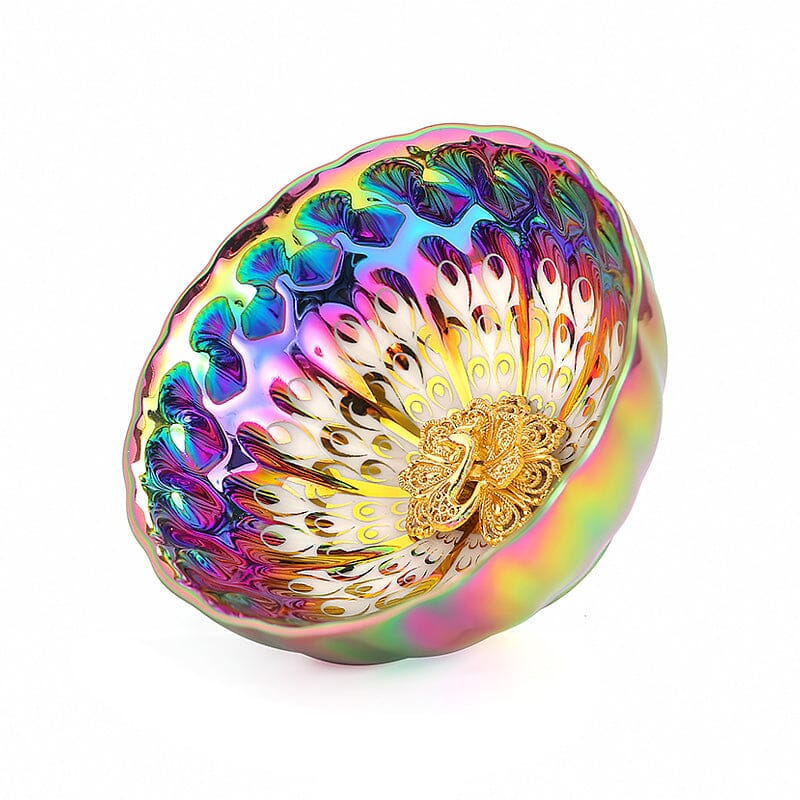
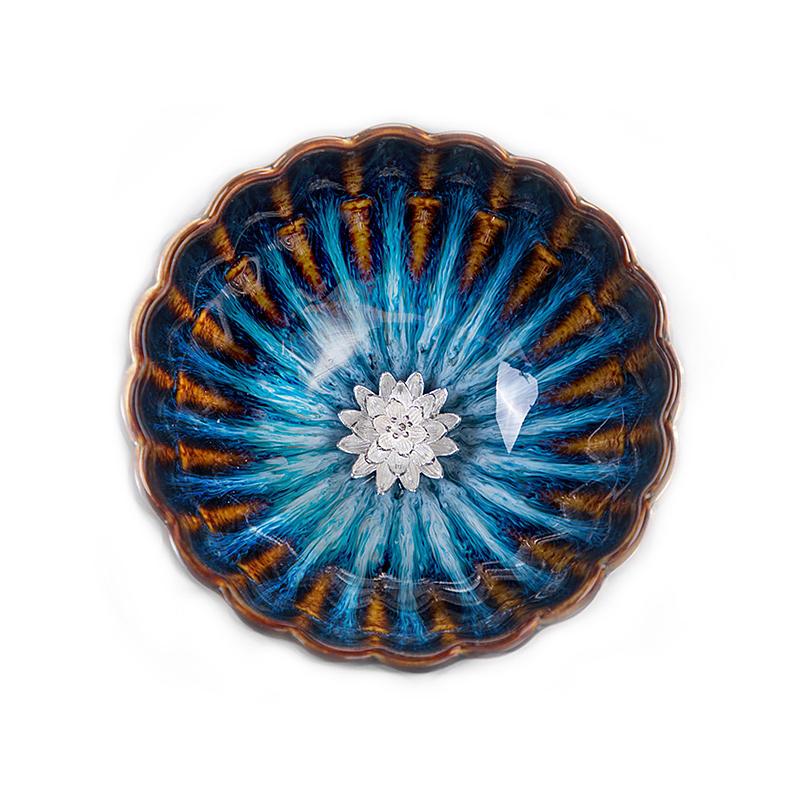
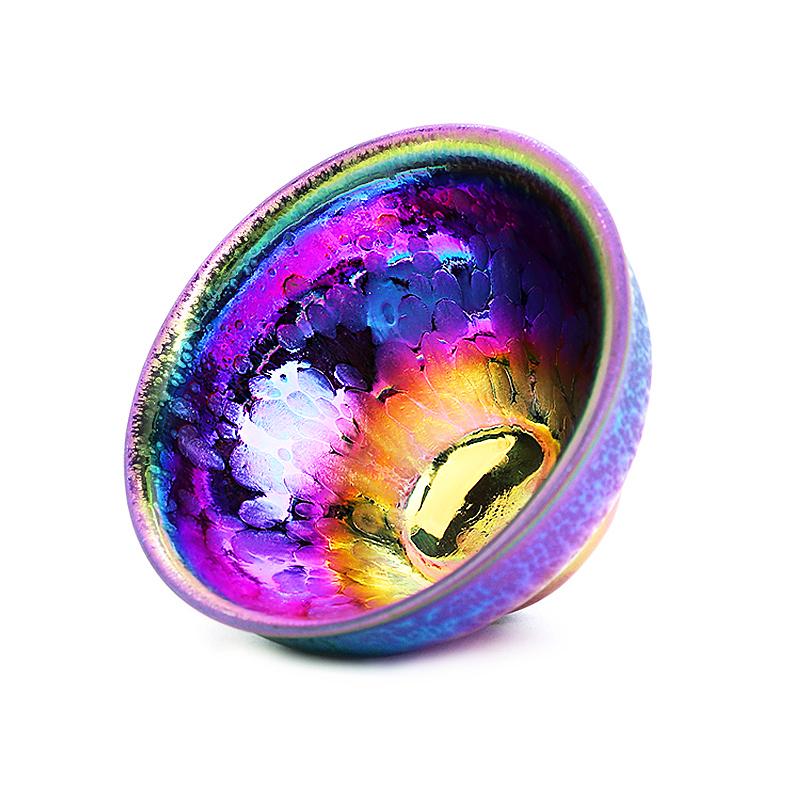
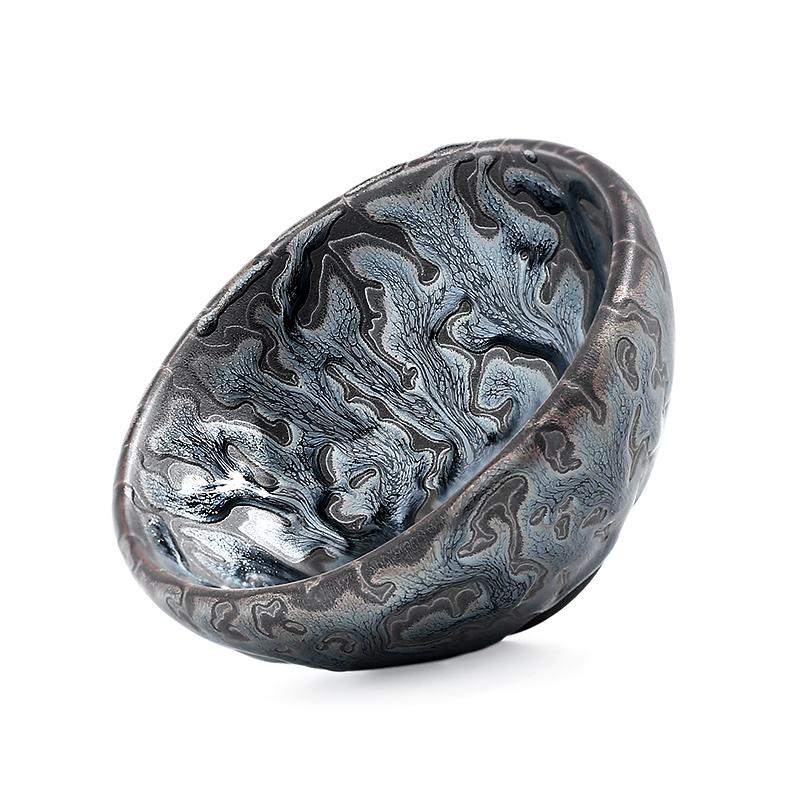
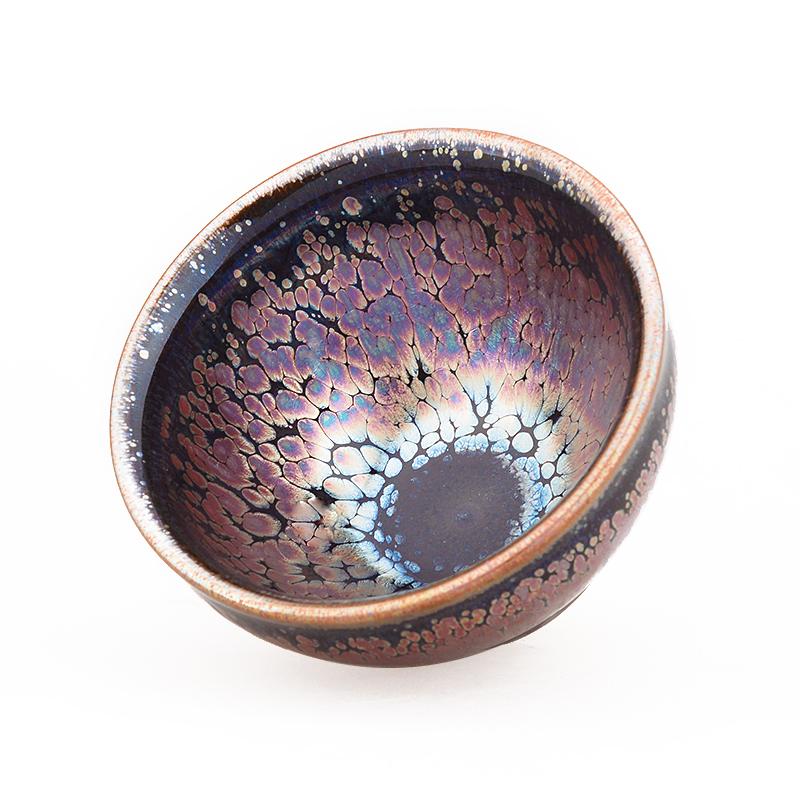
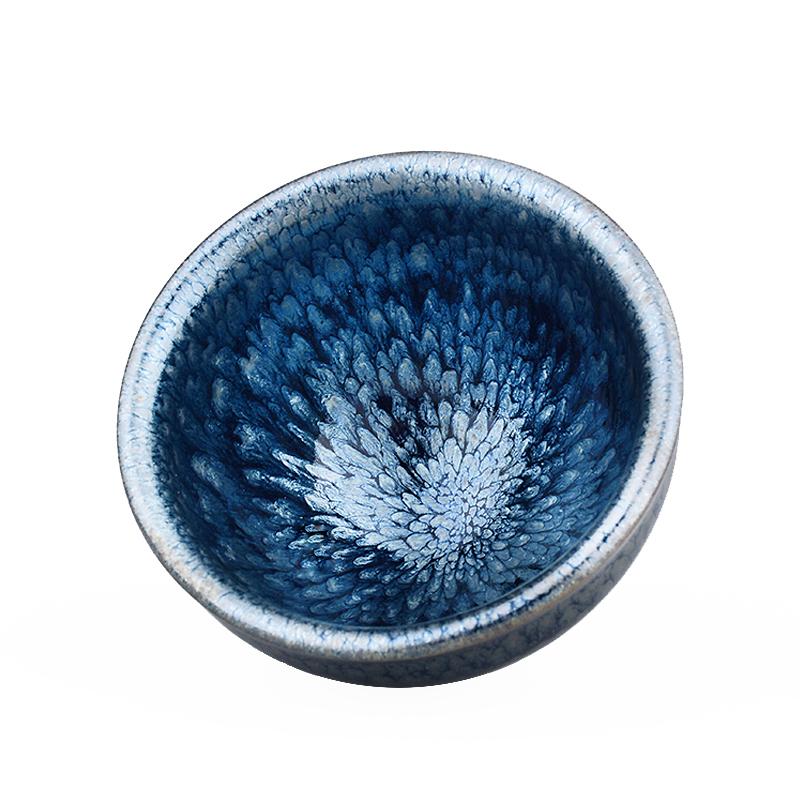
Share:
Tenmoku Pottery: Understand in 3 Minutes
The profound secrets of Tenmoku teacup shapes and glaze patterns